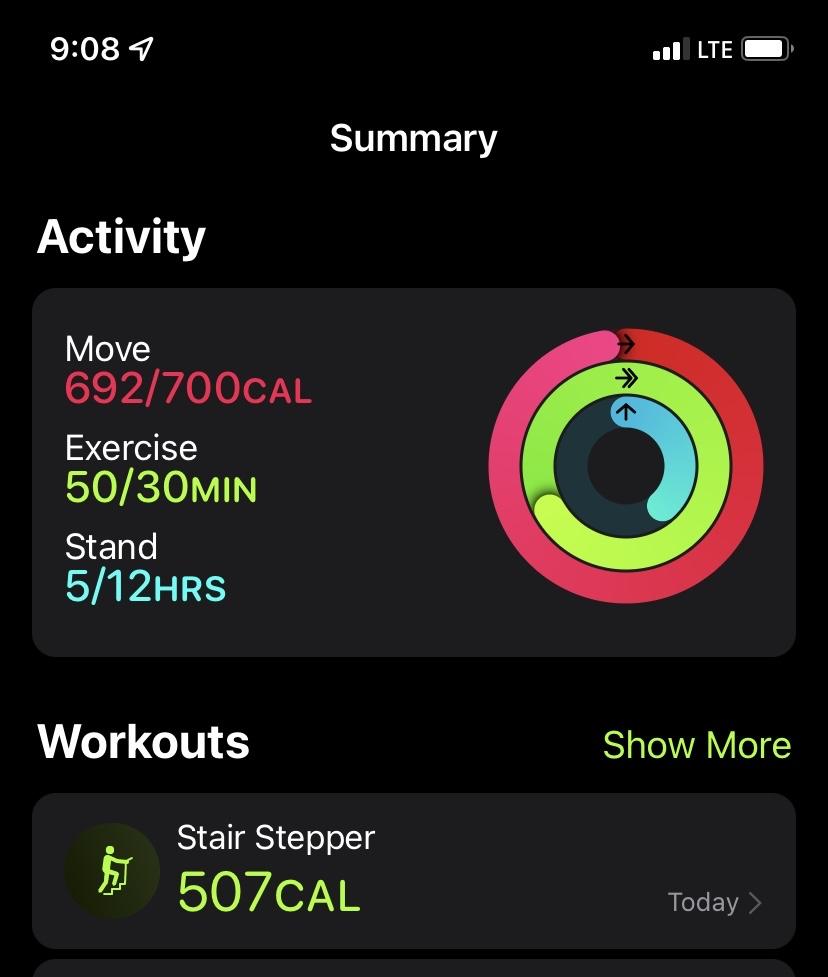Finding the right balance between strength training for optimal fitness results”>cardio and strength training can often feel like a daunting task, especially when you’re striving for a well-rounded fitness routine that caters to both your health and personal goals. Whether you’re a seasoned athlete or just beginning your fitness journey, understanding how to harmonize these two essential components can make a significant difference in your overall well-being. In this article, we’ll explore effective methods for integrating cardio and strength training into your regimen, offering practical tips and empathetic guidance to help you achieve a balanced and sustainable approach to fitness. Let’s embark on this journey together, ensuring that every step you take is informed, intentional, and tailored to your unique needs.
Understanding Your Fitness Goals and Needs
Balancing cardio and strength training starts with a deep understanding of your personal fitness goals and needs. Recognizing what you aim to achieve allows you to tailor your workout regimen more effectively. Here are some common goals and how to align your workouts accordingly:
- Weight Loss: Prioritize a mix of high-intensity interval training (HIIT) and moderate cardio sessions, complemented by strength training to build muscle and boost metabolism.
- Muscle Gain: Focus more on strength training with compound movements, ensuring to incorporate cardio in moderate amounts to maintain cardiovascular health without compromising muscle growth.
- Endurance: Incorporate long-duration, steady-state cardio workouts and endurance-based strength training exercises to improve stamina and overall fitness.
Understanding your body’s unique responses to different types of exercise is crucial. Listen to your body, track your progress, and be willing to adjust your routine to meet your evolving fitness needs.
Crafting a Balanced Workout Schedule
Finding the right mix of cardio and strength training can be challenging, but it’s crucial for a well-rounded fitness routine. A balanced schedule not only enhances overall health but also keeps workouts engaging and sustainable. Here are some key points to consider:
- Prioritize Recovery: Ensure you have rest days or lighter activities in between intense workout sessions to allow your muscles to recover and prevent burnout.
- Combine Efforts: Integrate compound exercises that engage multiple muscle groups and incorporate cardio elements, such as circuit training or HIIT (High-Intensity Interval Training).
- Adapt to Your Goals: Tailor your routine based on your fitness objectives. For instance, if building muscle mass is your primary goal, focus more on strength training with shorter, high-intensity cardio sessions.
- Listen to Your Body: Adjust your schedule based on how your body feels. If you’re overly fatigued or experiencing pain, it might be a sign to scale back or switch up your routine.

Integrating Cardio and Strength Sessions Effectively
To achieve a harmonious balance between cardio and strength training, it’s crucial to structure your workout routine thoughtfully. Here are a few tips to help you integrate both effectively:
- Alternate Days: Dedicate specific days to each type of exercise. For instance, you could schedule cardio sessions on Mondays, Wednesdays, and Fridays, and strength training on Tuesdays, Thursdays, and Saturdays. This approach allows your muscles to recover adequately while maintaining cardiovascular health.
- Combine Workouts: Incorporate a mix of cardio and strength exercises in a single session. For example, you can start with 20 minutes of high-intensity interval training (HIIT) followed by 30 minutes of weight lifting. This method keeps your heart rate up and builds muscle simultaneously.
- Prioritize Your Goals: If your primary goal is to build muscle, focus on strength training first and add moderate cardio afterward. Conversely, if improving cardiovascular endurance is your aim, prioritize your cardio exercises and follow up with strength training.
By strategically planning your workouts, you can maximize the benefits of both cardio and strength training without compromising on either. Listen to your body and adjust the intensity and frequency of your sessions to fit your individual needs.

Listening to Your Body for Optimal Results
Paying attention to your body’s signals is crucial for achieving the perfect balance between cardio and strength training. Each person’s body responds differently to exercise, so it’s important to tailor your routine to fit your unique needs. Here are some key points to consider:
- Listen to Pain and Fatigue: If you experience persistent pain or fatigue, it might be a sign that you’re overtraining. Ensure you allow adequate rest and recovery time between workouts to prevent injury and burnout.
- Monitor Your Energy Levels: Notice how your energy fluctuates throughout the day. Scheduling cardio sessions when you feel most energetic and strength training when you’re feeling steady can optimize performance and results.
- Adjust Intensity Based on Feedback: Use your body’s feedback to adjust the intensity of your workouts. If a particular exercise feels too strenuous, reduce the intensity or duration to maintain a sustainable routine.
By tuning into your body’s cues and making necessary adjustments, you can create a balanced exercise regimen that enhances both cardiovascular health and muscular strength, leading to optimal fitness results.





